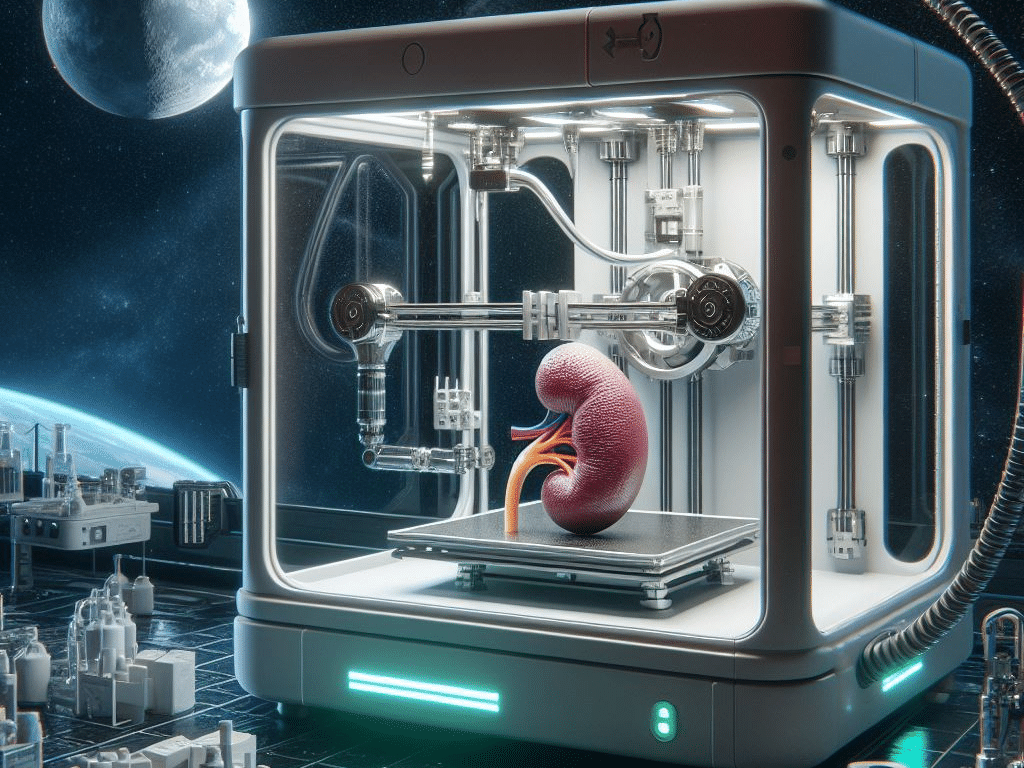The Chandrayaan 3 mission has been an incredible success , achieving a number of secret stretch goals in addition to the primary objectives of the mission. The expectations from ISRO has skyrocketed after the soft, controlled landing on the lunar surface, with Prime Minister Narendra Modi directing ISRO to set up the Antariksha Bharatiya Space Station by 2035, and land an Indian on the Moon using domestic hardware by 2040. ISRO has drawn up a roadmap, that leads to setting up a Moon Base by 2047 .
ISRO is going full steam ahead with the ambitious Gaganyaan programme, which is expected to provide the space agencies with the capabilities it lacks to achieve its long-term vision. The Gaganyaan programme is expected to culminate with the assembly of the Antariksha Bharatiya Station, India’s own research platform in Earth orbit. Like the International Space Station and the Tiangong Space Station, ISRO is planning a modular space station, with ports to allow for docking of additional modules and visiting spacecraft.
A series of human and cargo missions are expected to keep the orbital platform crewed and stocked. ISRO is also considering using inflatable habitat modules , that can potentially be used for cargo storage as well. ISRO intends to deploy the first module using current generation launch vehicles by 2028, and assemble the entire station by 2035.
The orbital platform will allow ISRO to conduct cutting edge microgravity research, including the additive manufacturing of organs to address shortages. This is the message for researchers, industries and students, to clarify what ISRO intends to achieve with the ABS. During the 11th convocation ceremony at the Pandit Deendayal Energy University in Gandhinagar, Ahmedabad, on December 02, 2023, Somanath said, “Prime Minister has said that we must have a space station.
But you know why we should build a space station? It is important as a scientific and technological progress, as well as industries to work in various domains. For example, material research, we need to do it in space, in a zero-gravity environment to produce much better crystals, much better fibre for communications purposes, much better medicine synthesis, that is possible in space. Possibly human organ printing — 3D printing, possible in space.
All this will happen only if we build a space station of that class. ” ISRO is aiming to commercialise low Earth orbit operations The research conducted for space or in space, often results in incredible benefits to society. The technology developed to allow spacecraft to dock with each other in space, evolved into the LASIK technology used by ophthalmologists to delicately carve our corneas with a minimal destruction of tissues.
Space technologies have also resulted in the development of cochlear implants, as well as the translucent polycrystalline alumina (TPA) used in invisible braces. We have only focused on the biomedical applications here, to demonstrate that the research conducted on orbital platforms can have incredible benefits for society, and can be viably commercialised. Currently bioprinting is used for producing organs to research novel treatments and drugs.
Bioprinting in a microgravity environment has its own advantages and disadvantages. The mechanism and the printers have to be designed to operate in the absence of the Earth’s gravitational influence. However, the advantage is that delicate and fine structures can be printed without collapsing, as 3D printers on Earth are constrained by gravity.
The research labs and academic institutions in India will have to do the groundwork, to maximise the scientific returns from the future orbital platform that ISRO intends to assemble. The Indian Institute of Science (IISc) in Bengaluru has partnered with global bioprinting firm CELLINK to research 3D bioprinting in India . Also Read | Scientists want to use ink made of living cells to 3D print hearts and other organs The the Indian Society of Geomatics (ISG) and the Indian Society of Remote Sensing (ISRS) conducted its 2023 National Symposium at the Symbiosis institute of Geoinformatics in Pune, Maharashtra.
During the conference, ISRO Chairman S Somanath said, “The space station is so crucial, when we have the human space capabilities, we also create a possibility for scientific research in zero gravity environment. All of you know that future scientific research has to happen there, specifically in terms of material sciences, biomedical applications including organ building, research in future drug discovery, plant science et cetera. So this becomes very important.
We would like to see this as an economic activity rather than just a fanciful thing. ” Also Read | ISRO is headed to Moon for scientific, geopolitical, economic objectives: S Somanath.
From: news9live
URL: https://www.news9live.com/science/isro-intends-to-3d-print-kidneys-on-board-indian-space-station-2369845



